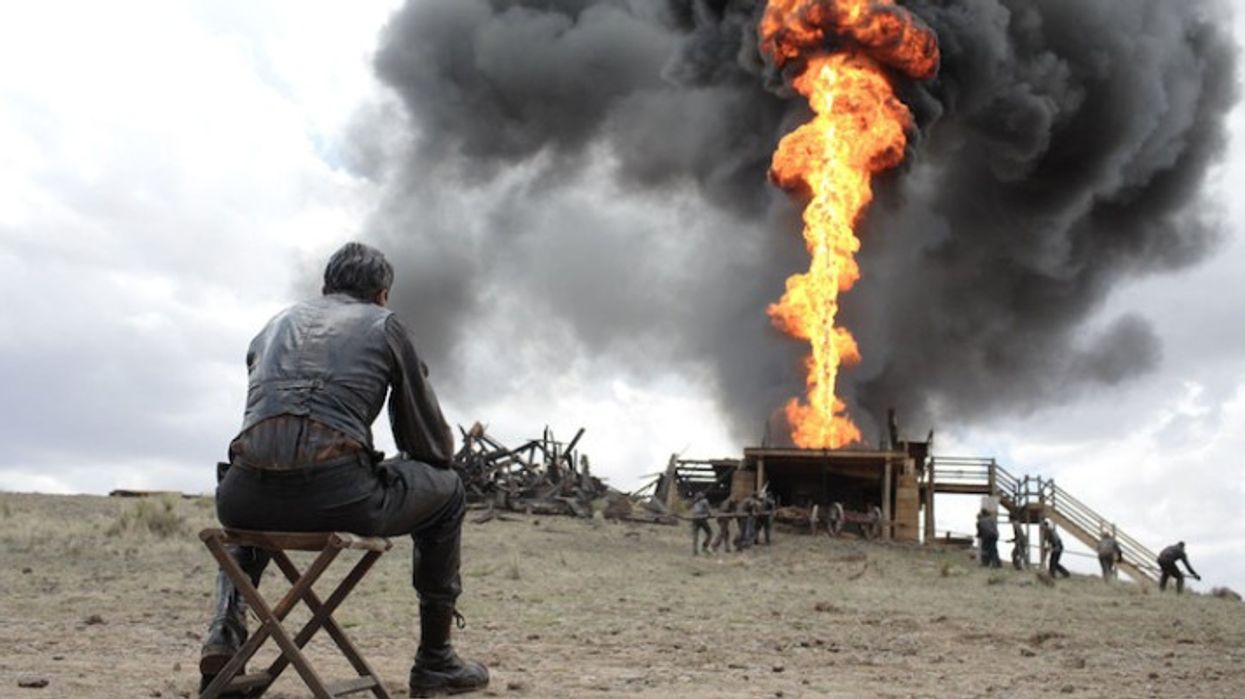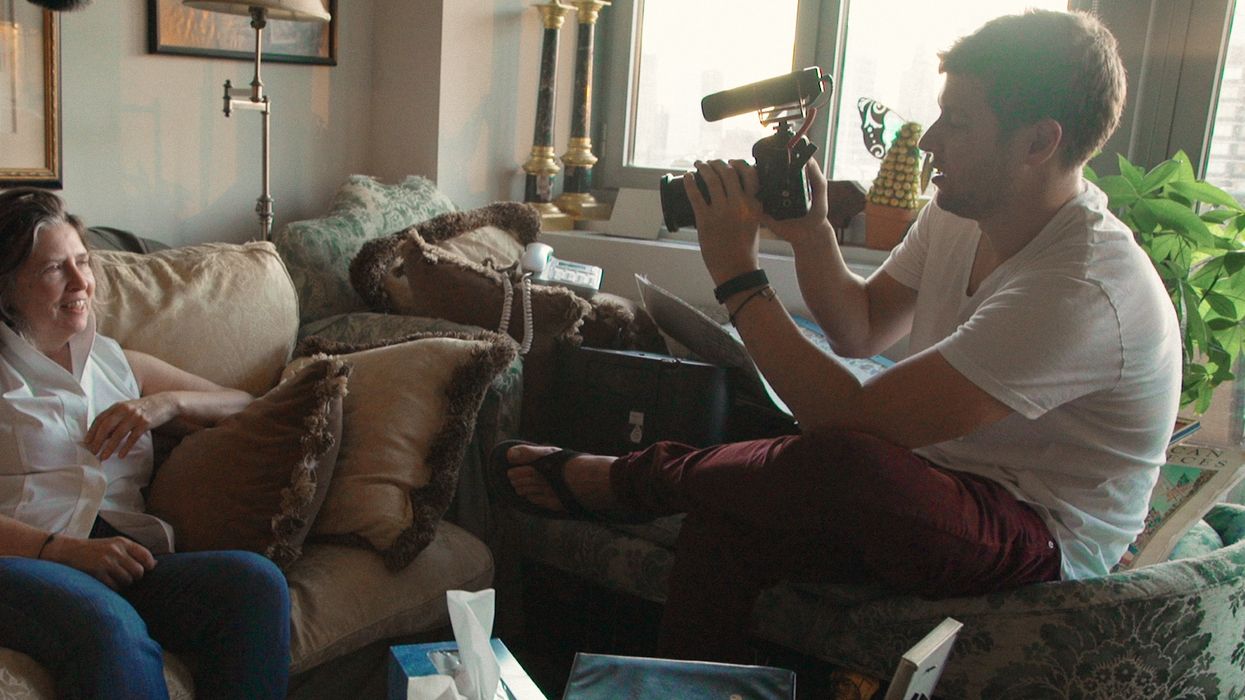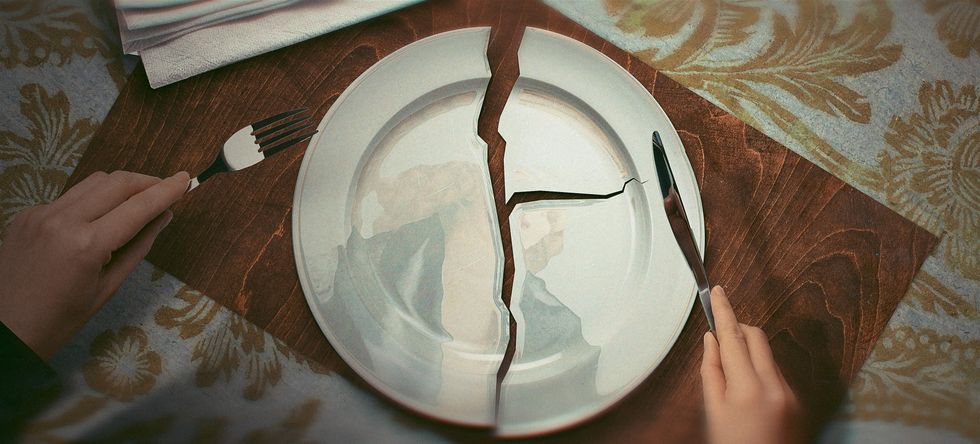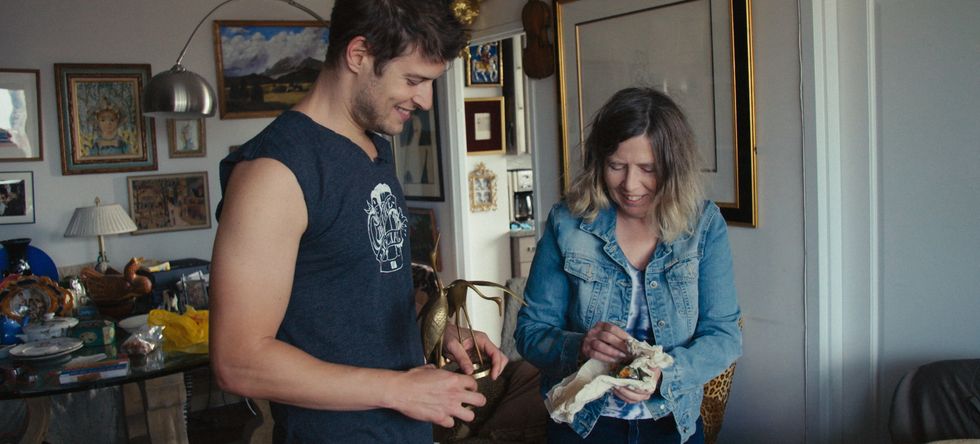How They Created the Natural Look in 'There Will Be Blood'
I study your cinematography, I study it up...

Look, that intro was weak, but I'm super intimidated to be writing about one of the greatest films of the '00s. If you're a film fanatic, like me, you probably remember your first transcendent theatrical experience. For me, it was watching There Will Be Blood at the State Theatre in State College, Pennsylvania. When I saw the movie, I was enraptured. The light, color, and sound enveloped me as I took in a daring story about greed, religion, and oil.
Since then, I've been a huge fan of the film and frequently return to it for inspiration and entertainment.
So today we're going to go into some details about the movie and learn how they achieved the style and natural look.
Who Shot There Will Be Blood?
When Paul Thomas Anderson was prepping There Will Be Blood, he knew he needed a steady hand to help him accomplish something great. So he turned to his longtime collaborator, Robert Elswit, ASC, who had shot all of the director’s previous features: Hard Eight, Boogie Nights, Magnolia and Punch-Drunk Love.
In an interview with American Cinematographer, Elswit talks about meeting PTA:
“Paul is 20 years younger than me, but I liked him right away...He had so much energy and enthusiasm. He also loved some of the same movies I love — particularly films from the ’30s, ’40s and ’50s, many of which are somewhat obscure. Even at 25, Paul was an encyclopedia of American film, and he was very aware of what pictorial style meant. He can respond immediately to something he sees and understands instinctively why it works or why it doesn’t.”
It's a good thing these two found each other. Because over the course of several movies they've been able to shoot different ways to really highlight the story. In There Will Be Blood, everything is given a natural look that's supposed to accentuate the realism at hand. Recently, CinemaTyler put together a great video essay that goes in-depth about how the movie achieved the look.
What Was There Will Be Blood Shot On?
A quick visit to Shot On What tells us some technical specs for There Will Be Blood.
Acquisition
Cameras
Lenses
Panavision C Series Anamorphic Lenses
Panavision E Series Anamorphic Lenses
Pathé 43 mm (Modified by Dan Sasaki) Lens
Lens Manufacturer
Camera Aperture
Film Manufacturer
Film Negative Stock
Film Negative Width
Film Print Stock
Distributed Aspect Ratio
What Techniques Were Used In The Cinematography of There Will Be Blood
It wasn't all technical on the set of There Will Be Blood. Many of the movie's looks and effects were achieved by thinking outside the box and keeping things simple. In that same interview with American Cinematographer, Elswit talks about how PTA actually is pretty unorthodox on set:
“Paul has very clear ideas, but he doesn’t want to plan out every little thing in advance...Actors love him because they feel free to play, create and discover. Cinematographers want to control things as much as we can, but what I’ve learned from Paul is how much better it can be to let accidents happen rather than try to force everything to be a certain way. He wants to see things unfold on the set, and if something isn’t working, he’s willing to stop in his tracks and start all over again. So there’s a constant recharging and renewal of creative energy. That way of working is particularly difficult if you’re the focus puller or the dolly grip...Those guys are used to more precise timings and methods. When you work with Paul, you’re shooting with anamorphic lenses and there are no marks on the ground. There is no hair-and-makeup or wardrobe on set. There are no final touches, there’s no ringing of the bell, there’s no announcement that we’re shooting. There’s also no standard rehearsal, really; once we figure out what the shot will be, there’s a little bit of rehearsal, but then it starts to change and the rehearsal turns into the shooting. It’s a very organic approach, and you have to be ready for immediate changes. That’s why we have the same crew over and over again — Paul has to work with people who are incredibly alert and aware on set. Everyone is truly a filmmaker.”
As you can see, PTA is always open to collaboration and does his best work with a team he trusts to get it right the first time. He explains this in an interview below.
What's next? Read about Filmmaking Experiments You Can Do On Set!
I hope this article inspired you to do your homework and really put some effort into figuring out the best look and feel for your movie. Take it from Paul Thomas Anderson, getting on the same page as your cinematographer will open you up to new and exciting ways to view your story. Think about it affected the evolution of Daniel Plainview's character.
We're here to help. We can even show you how to write the best cinematography so your page reflects what's on screen!
I can't wait to read what you come up with next.

 'Little Empty Boxes'https://littleemptyboxes.com/
'Little Empty Boxes'https://littleemptyboxes.com/ 'Little Empty Boxes'
'Little Empty Boxes'









